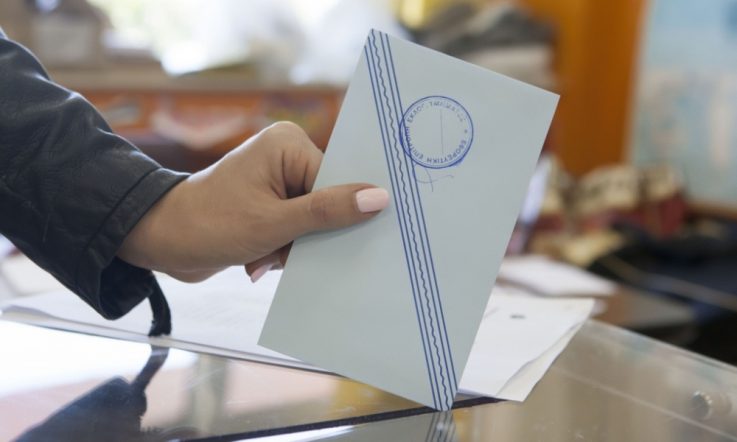With the growth in digital technologies over the past two decades, and the greater use of online platforms through the COVID-19 pandemic, digital writing skills are becoming more and more relevant for students. As a result, schools are faced with an important question: how well are students being equipped with the skills necessary to thrive in an increasingly digital world?
A new research project out of Deakin University in Australia, Teaching Digital Writing in Secondary English, will look at how the English curriculum can be adapted to better meet the needs of today’s learners. It will investigate the potential to complement traditional writing tasks with contemporary forms of digital writing, focusing on students in early secondary school.
‘At its most fundamental level, digital writing is obviously typing and keyboarding… but there’s so much more to it than that,’ lead researcher Dr Lucinda McKnight, a School of Education academic within Deakin's Research for Educational Impact centre, tells Teacher.
‘It might be things like writing an email, texting, making a TikTok video, writing a blog... participatory, social kinds of writing. But also bringing in those other kinds of skills – framing video, filming, editing – all those things that we’re really conceptualising now as forms of digital writing. [It is] multi-modal writing that involves bringing together these different resources, curating them, managing them, seamlessly combining them, and then being able to reflect critically on the process as well.’
The three-year project is driven by two main objectives:
- understanding how teachers are currently conceptualising digital writing in their classrooms (for example, what do they think digital writing is and how are they already teaching it); and,
- understanding how teachers can be supported to teach digital writing moving forward.
Starting with a national survey, the project will then investigate national text book archives, looking at how digital writing has been conceptualised over recent decades. ‘Digital writing labs' will also be established in schools, with teachers collaborating to work towards a digital writing model for educators. Findings will be shared to support professional development for teachers.
Why is learning digital writing important for students?
‘This project and this idea about digital writing are about connecting students in schools with the real sorts of writing that’s going on in the world,’ Dr McKnight says.
‘We want [students] to be confident communicators in the kinds of writing that they’re going to do in the future… we can think about [what is] happening out there in workplaces at the moment, and integrate that work-based learning and practice into schools in relevant and motivating ways for kids.’
For example, Dr McKnight explains that instead of asking students to mock up the front page of a print newspaper, a more industry-focused task might be to ask them to write a rolling news blog. ‘To structure their sentences and paragraphs the way writers do when they write for the screen, rather than for print media. For example, how long are those paragraphs? How do you structure a piece of writing? What kinds of things do you lead with? What’s the shape of those pieces of writing?
‘All of those kinds of questions and choices that actual digital writers in the world are making. These are the sorts of choices that students need to be making in the classroom.’
Challenges to embedding digital writing in teaching practice
With the digital writing landscape changing so significantly over the past two decades, and in particular the rapid expansion of the social web, Dr McKnight anticipates some logistical challenges to arise in the professional development and teaching of digital writing.
‘I have to honestly say, and I bet lots of teachers out there reading this will be nodding their heads at this – they need time. Teachers need time to be able to play with all this digital media themselves. We need to give teachers time to catch up. And time to really be creative as well in this sphere. So that’s the most important thing that I know is going to come out of this.’
Another challenge that often arises in discussions around the use of digital media in schools is the question of security for students using digital platforms.
‘I think it’s very important to talk about security, because the panic about safety and security, and social media, is often used to shut down the potential for the productive use of social media in schools,’ Dr McKnight says, explaining that countries such as the US are already embedding practices into their teaching of digital writing, such as school sites for students to use, and systems to protect student identity online.
‘…you know as soon as these kids get out of the school gate, they’re going on all these platforms and media, and they need to have the opportunity in the school environment to use these things and to explore them critically and creatively.’
The expected impact of the study
‘I really hope that this project can bring about a big change in the national curriculum, first of all, to bring it more up to date with communication today,’ Dr McKnight says. ‘So I hope that it will change teachers’ practice, and that it will give a model or some inspiration for teachers to move into these other kinds of writing practices.’
As an English teacher, how do you use digital media in the classroom to engage students in thinking about texts in different ways? Are you familiar with the types of digital platforms students already engage with, and those that may be useful for their future careers?



